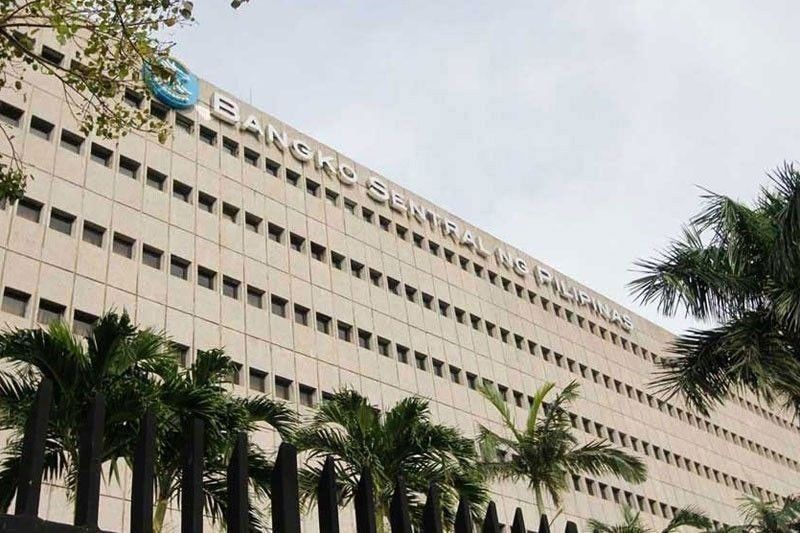No takers for rediscounting facility

MANILA, Philippines — Banks snubbed anew the peso rediscounting loan facility of the Bangko Sentral ng Pilipinas (BSP) in January amid the massive P2 trillion additional liquidity released into the financial system from response measures last year to soften the impact of the global health crisis.
The last time banks tapped the facility was in September last year as the National Capital Region (NCR) and nearby provinces reverted to the modified enhanced community quarantine for two weeks in August amid the sharp rise in COVID-19 cases.
Rediscounting is a BSP credit facility extended to qualified banks with active rediscounting lines to meet their temporary liquidity needs by refinancing the loans they extend to their clients using the eligible papers of its end-user borrowers.
The central bank earlier traced the decline in rediscounting availments to the banks’ high liquidity position coupled by the deceleration of bank lending due to weaker corporate sector performance amid the uncertainties brought about by the COVID-19 pandemic.
Despite the decline, banks continue to recognize BSP’s rediscount facilities as a funding option should liquidity no longer be sourced from the market. About 50 banks maintain rediscounting lines with the BSP as part of their contingency funding plan.
Michael Ricafort, chief economist at Rizal Commercial Banking Corp., said slower demand for loans is a major factor that led to the snub of the BSP’s rediscounting facility.
Instead, Ricafort said banks increased their lending activities to take advantage of the regulatory relief measures extended by the BSP or parked excess funds in the liquidity absorption facilities of the central bank including the term deposits as well as BSP securities.
“The other liquidity easing measures as well as regulatory relief measures have also increased the leeway of banks to increase lending activities, in lieu of tapping the BSP’s rediscounting,” Ricafort said.
Latest data from the BSP showed loans disbursed by big banks contracted for the second straight month at 2.4 percent in January as banks remained risk averse and due to the lack of demand from individual and corporate borrowers amid the pandemic uncertainties.
“For the coming months, slowdown in the demand for loans and the continued excess liquidity in the financial system amid various liquidity infusion and regulatory relief measures would lead to less need for banks to tap the BSP rediscounting facilities,” Ricafort added.
The BSP’s Monetary Board earlier approved the further extension of the temporary reduction in the spread on peso rediscounting loans relative to the central bank’s overnight lending rate to zero.
The validity of the relief measure was extended thrice from March 30 to May 19 July 17, Sept. 30 last year and further to Jan. 31 and April 30 this year.
The central bank wants to make sure there is available credit to productive economic sectors by lowering effective lending rates and to encourage banks to lend to businesses to help them recover from the COVID-19 crisis.
The peso rediscounting loans extended by the BSP plunged 78 percent to P26.9 billion last year from a record P122.7 billion in 2019 due to lack of takers.
Banks tapped the facility only in March and April as Luzon was placed under enhanced community quarantine to slow the spread of the deadly COVID-19 as well as in August and September as NCR and nearby provinces reverted to modified enhanced community quarantine for two weeks after shifting to general community quarantine in June.
- Latest
- Trending




























